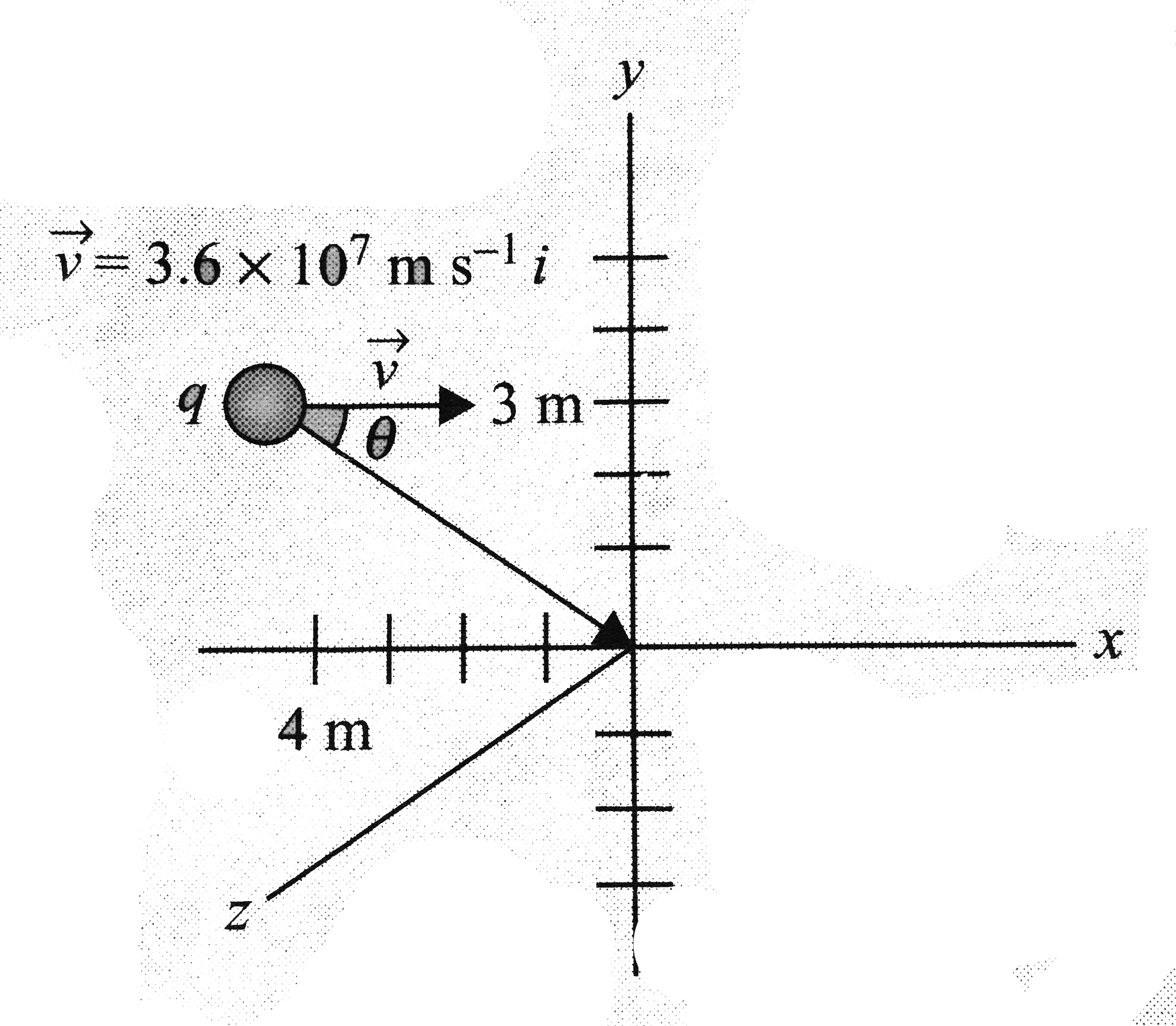Draw the graphs of 2x+y=6 and 2x−y+2=0 . Shade the region bounded by these lines and x-axis. Find the area of the shaded region.
To solve the problem of drawing the graphs of the equations 2x+y=6 and 2x−y+2=0, shading the region bounded by these lines and the x-axis, and finding the area of the shaded region, we can follow these steps:
Step 1: Rewrite the equations in slope-intercept form
1. For the first equation 2x+y=6:
y=−2x+6
2. For the second equation 2x−y+2=0:
y=2x+2
Step 2: Find the intercepts for both lines
1. For y=−2x+6:
- x-intercept: Set y=0:
0=−2x+6⟹2x=6⟹x=3(Point: (3, 0))
- y-intercept: Set x=0:
y=−2(0)+6=6(Point: (0, 6))
2. For y=2x+2:
- x-intercept: Set y=0:
0=2x+2⟹2x=−2⟹x=−1(Point: (-1, 0))
- y-intercept: Set x=0:
y=2(0)+2=2(Point: (0, 2))
Step 3: Plot the points and draw the lines
- Plot the points (3, 0), (0, 6) for the first line and (-1, 0), (0, 2) for the second line on a graph.
- Draw the line through the points (3, 0) and (0, 6) for the equation 2x+y=6.
- Draw the line through the points (-1, 0) and (0, 2) for the equation 2x−y+2=0.
Step 4: Identify the region bounded by the lines and the x-axis
- The region bounded by the two lines and the x-axis is the area below both lines and above the x-axis.
Step 5: Find the intersection point of the two lines
To find the intersection point, solve the equations:
1. From 2x+y=6 (Equation 1)
2. From 2x−y+2=0 (Equation 2)
Adding both equations:
(2x+y)+(2x−y+2)=6+0
This simplifies to:
4x+2=6⟹4x=4⟹x=1
Substituting x=1 back into Equation 1:
2(1)+y=6⟹2+y=6⟹y=4
Thus, the intersection point is (1,4).
Step 6: Calculate the area of the shaded region
The shaded region forms a triangle with vertices at (3, 0), (-1, 0), and (1, 4).
1. Base of the triangle: The distance between (3, 0) and (-1, 0):
Base=3−(−1)=4
2. Height of the triangle: The y-coordinate of the intersection point (1, 4):
Height=4
3. Area of the triangle:
Area=12×Base×Height=12×4×4=8 square units
Final Answer
The area of the shaded region is 8 square units.
---
1. For the first equation 2x+y=6:
y=−2x+6
2. For the second equation 2x−y+2=0:
y=2x+2
1. For y=−2x+6:
- x-intercept: Set y=0:
0=−2x+6⟹2x=6⟹x=3(Point: (3, 0))
- y-intercept: Set x=0:
y=−2(0)+6=6(Point: (0, 6))
- x-intercept: Set y=0:
0=2x+2⟹2x=−2⟹x=−1(Point: (-1, 0))
- y-intercept: Set x=0:
y=2(0)+2=2(Point: (0, 2))
- Plot the points (3, 0), (0, 6) for the first line and (-1, 0), (0, 2) for the second line on a graph.
- Draw the line through the points (3, 0) and (0, 6) for the equation 2x+y=6.
- Draw the line through the points (-1, 0) and (0, 2) for the equation 2x−y+2=0.
- The region bounded by the two lines and the x-axis is the area below both lines and above the x-axis.
To find the intersection point, solve the equations:
1. From 2x+y=6 (Equation 1)
2. From 2x−y+2=0 (Equation 2)
(2x+y)+(2x−y+2)=6+0
This simplifies to:
4x+2=6⟹4x=4⟹x=1
Substituting x=1 back into Equation 1:
2(1)+y=6⟹2+y=6⟹y=4
Thus, the intersection point is (1,4).
The shaded region forms a triangle with vertices at (3, 0), (-1, 0), and (1, 4).
Base=3−(−1)=4
Height=4
Area=12×Base×Height=12×4×4=8 square units
The area of the shaded region is 8 square units.
Topper's Solved these Questions
Similar Questions
Draw the graphs of 2x+y=6andx−y+2=0. Shade the region boun-ded by these lines and x=axis. Find the area of the shaded region.
View SolutionSolve the following system of linear equations graphically: x+y−11=0, x−y−1=0 . Shade the region bounded by these lines and y-axis. Also, find the area of the region bounded by these lines and y-axis.
View SolutionDraw the graph of the equation 2x+y=6 . Shade the region bounded by the graph and the coordinate axes. Also, find the area of the shaded region.
View SolutionDraw the graphs of the equations x−y=1 and 2x+y=8 . Shade the area bounded by these two lines and y-axis. Also, determine this area.
View SolutionSketch the region bounded by y=2x−x2 and x-axis and find its area using integration.
View SolutionFind the area of the region bounded by the line y = 2x, X - axis and ordinate x = 2.
View SolutionFind the area of the region bounded by
x2=8y, x-axis and the line x= 4
View SolutionFind the area of the region bounded by
y=sinx and the x - axis in the interval [0,2π]
View SolutionA point chanrge of magnitude q=4.5nC is moving with speed v=3.6×107ms−1 parallel to the x-axis along the line y=3m. Find the magnetic field at the origin produced by this charge when the charge is at the point x=−4m, y=3m, as shown in Fig.

View SolutionSketch the region bounded by the curves y=x2+2, y=x, x=0 and x=1. also, find the area of this region.
View Solution
